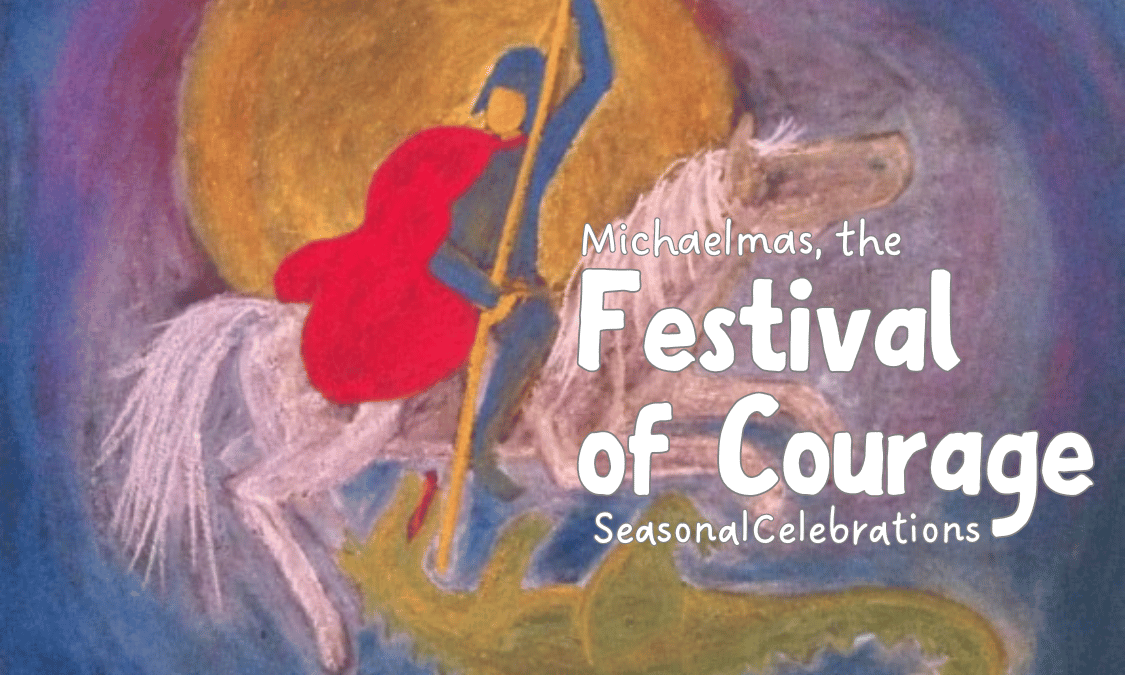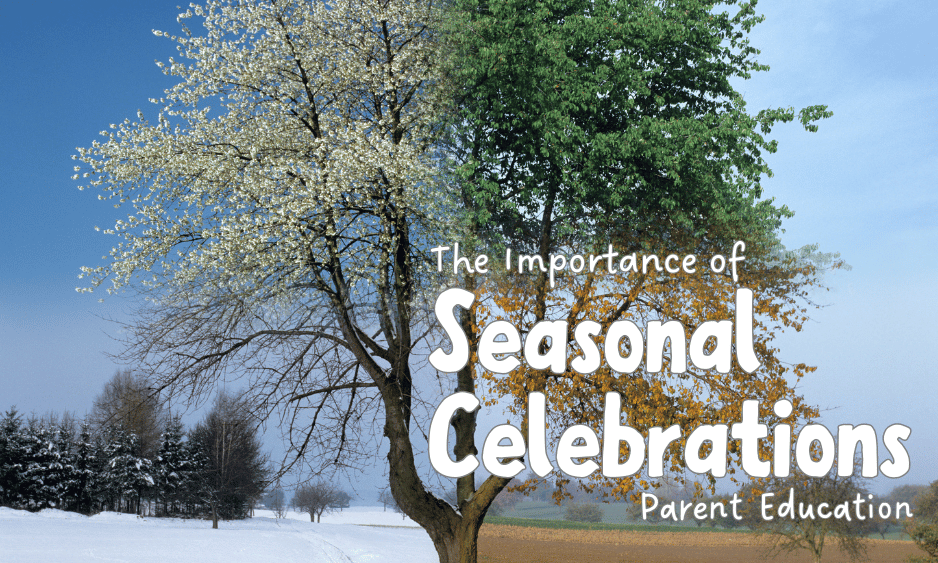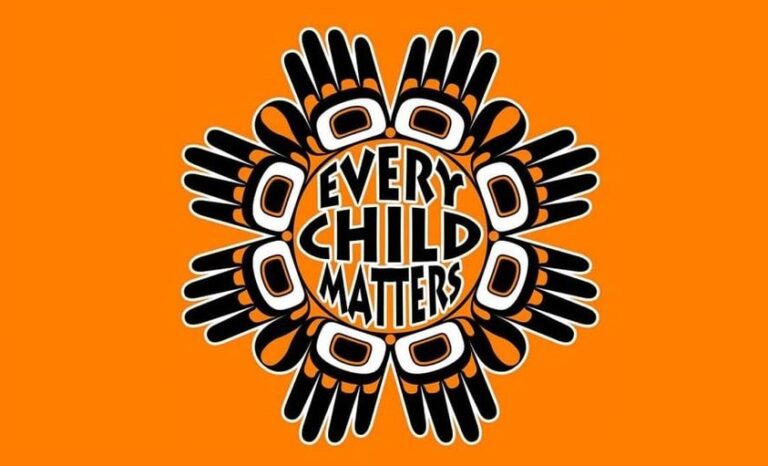What is Michaelmas?Michaelmas (pronounced Mi-kel-miss) was originally a Christian festival in Western Europe during the Middle Ages. It is the feast day of the archangel St. Michael, and is celebrated at the end of September and beginning of October each year.
5 Comments
“Celebrating festivals illuminates our life on earth with heavenly meaning and shows us the significance of our human existence in the universe. We human beings stand between the two worlds uniting them in ourselves. We are the crossing point where the upper circle representing the heavens flows into the lower one belonging to the earth.”
– Evelyn Frances Derry, Festivals and Seasons Throughout the year, we can celebrate festivals to connect us with the cycle of nature, establish a yearly rhythm for our children, and strengthen our community. Teaching cursive is fun, easy, and has great pay-off. Cursive can be especially supportive to those that struggle with forming print, reversing letters, eye-tracking, or reading. Not convinced it’s worth it? Check out these articles that explain some of the benefits of teaching cursive.
Literacy Benefits: Scholastic.com Biological and Psychological Benefits: PsychologyToday.com Daily Wonder recommends teaching cursive as soon as grade two, when your child knows all the letters, knows their sounds, and is beginning to understand the rules for encoding (spelling). We recommend that the archetypal forms are brought in order of difficulty rather than letter by letter. Below is a step-by-step guide to bringing the forms that are the basis for the letters. Remember, any new skill needs daily practice to become a capacity. We recommend that once you have brought all the forms/letters that cursive then becomes your expectation for all written work. It can take a whole year to become a natural at cursive but just think of all the brain pathways you will create and strengthen in your child, what a gift Image credit: Andy Everson Content warning. This post, which addresses the painful history of residential schools, may be distressing to some readers.
Canada has declared that September 30th will be a National Day for Truth & Reconciliation fulfilling the Truth & Reconciliation Commission's call to action #80. This call to action means that the federal government in collaboration with aboriginal peoples, established this statutory holiday to honour Survivors, their families and communities and ensure that the history and legacy of residential schools is never forgotten. This has created another opportunity to find meaningful ways to connect to this important part of Canada's history. Below we share some ideas for how you can honour this day. |
BlogExplore schedules, rhythms & routines, songs, music, festivals, free play, meals, projects & more to support your homeschooling program.Categories
All
Archives
July 2024
|
You might be wondering... |
Visit us on Teachers Pay Teachers© COPYRIGHT 2020. ALL RIGHTS RESERVED
Serving your worldwide educational needs from Comox Valley, BC, Canada. |




 RSS Feed
RSS Feed